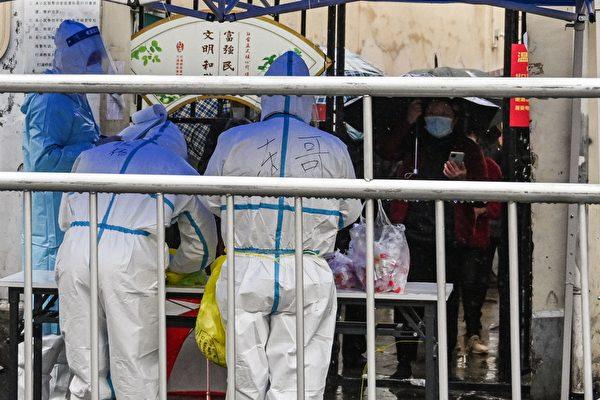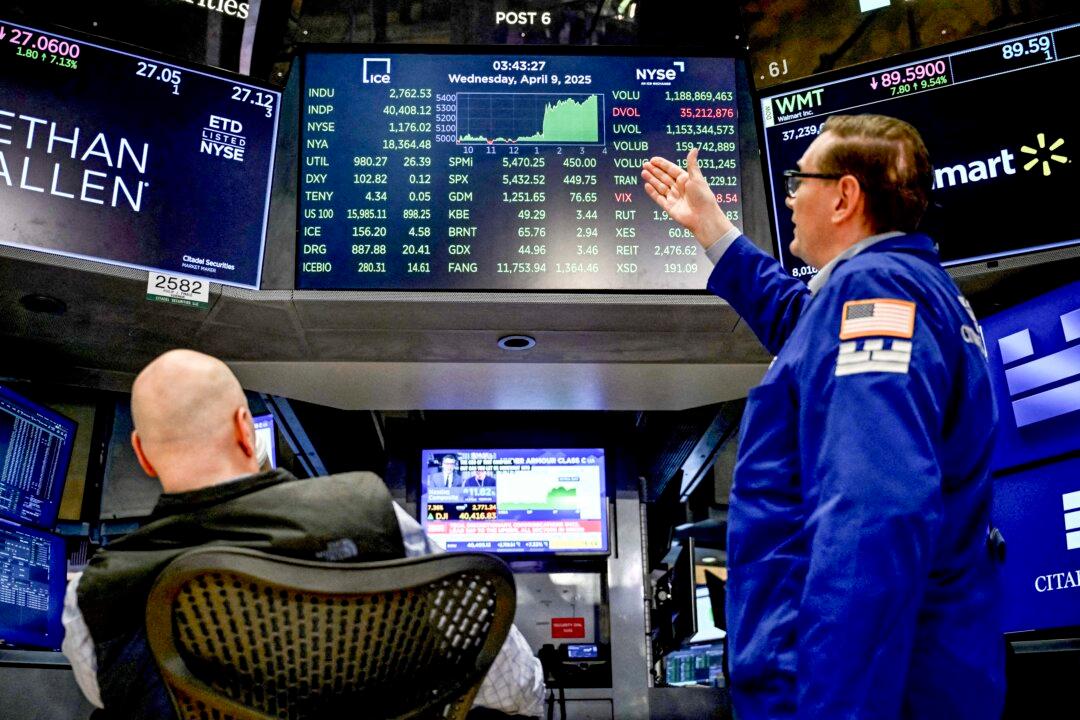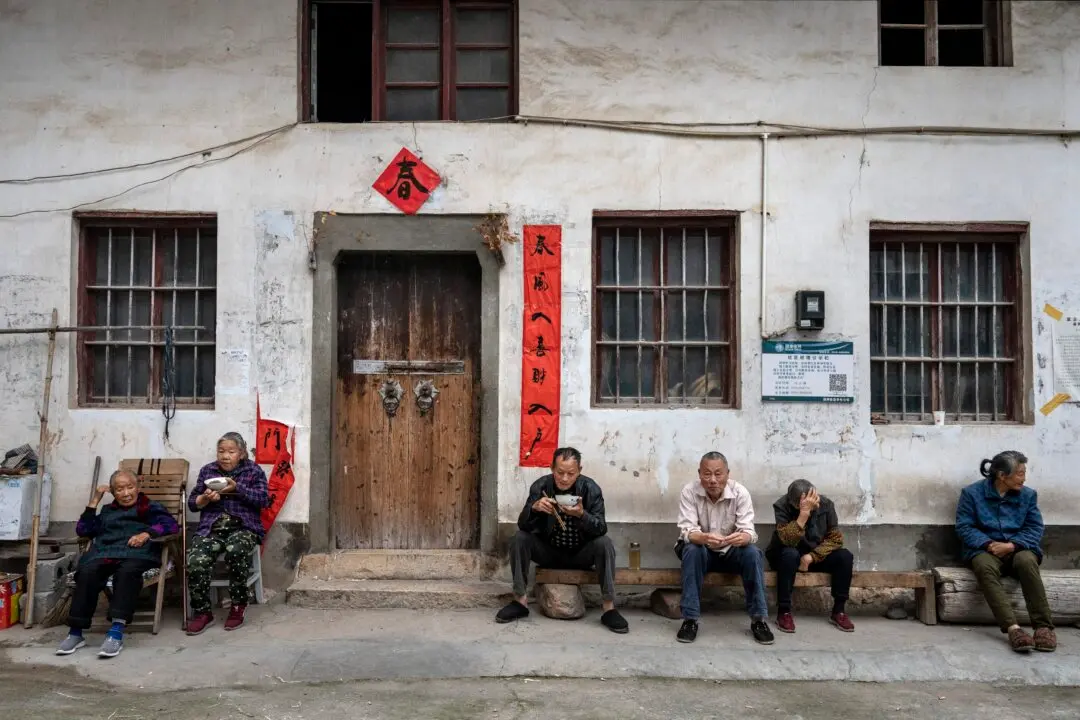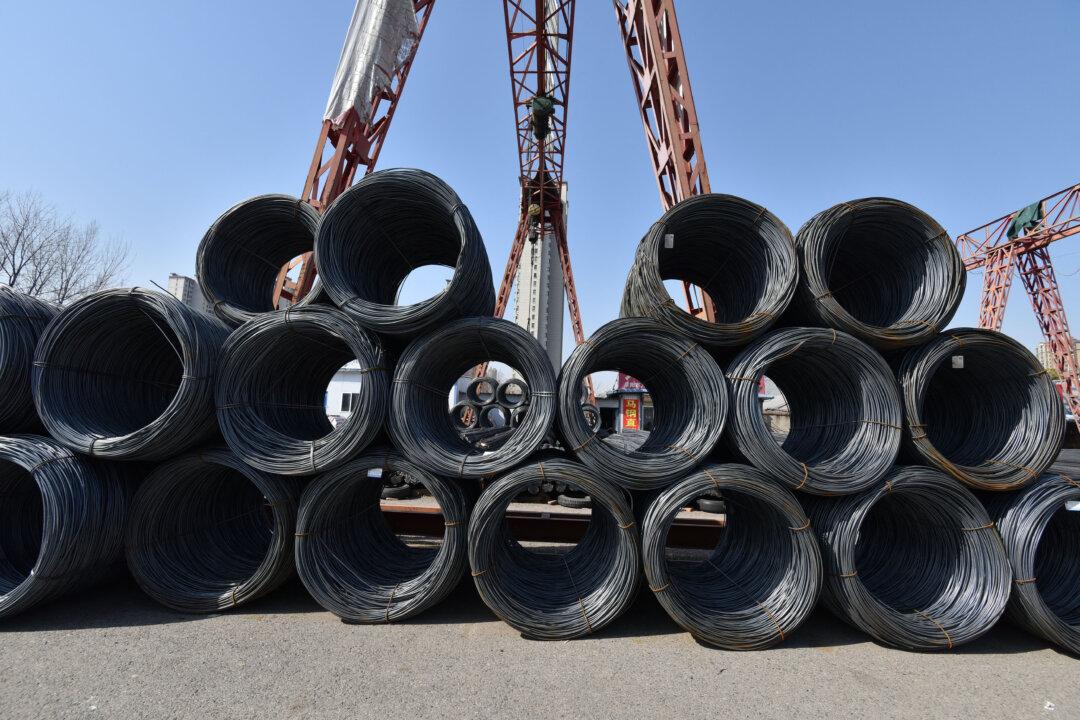For much of the past 10 to 15 years, the Chinese economy followed a familiar boom and bust pattern, even if the official GDP data were suspiciously straight.
Central government authorities would flood the market with fiscal and monetary stimulus until activity began to run too hot and then tighten money. Authorities engaged in this financial engineering to drive economic growth to elevated target levels while always trying to smooth out the risks in either direction. With an economy even with official data barely growing and the market anticipating a boost, why isn’t China stimulating?
Even relying strictly on official data, the Chinese economy is facing maybe its most challenging period this century. Local government revenue is collapsing, with government revenue drops of more than 20 to 40 percent in some places. Banks have been bested by protests withholding deposits and mortgage holders refusing to pay. While developers grab the headlines, companies across China face profound challenges in repaying their debt from over-leveraged balance sheets and activity shutdowns due to the COVID-19 pandemic. So why hasn’t China pumped money into the system to stimulate growth?

Unsatisfyingly, we simply don’t know. Regulators are saying all the right things about not stimulating—but they have said the same thing before and still stimulated the economy, increasing debt over the years to eye-watering levels. It could be possible that Chinese Communist Party (CCP) policymakers had a change of heart, becoming fiscal conservatives and refusing to stoke the fires of moral hazard for fear of building up excessive pressures to bail out state-owned banks. However, from the regulators to the bank, these are largely the same people who have been in charge for the past decade. So unless the readings of Milton Friedman are surreptitiously circulating, such a profound change of regulatory philosophy seems unlikely.
Chinese leader Xi Jinping has prioritized greater adherence to the central direction of the Party and socialist rejuvenation. Is it possible his policies of restraining banker pay, targeting corruption, and restraining debt growth are finally paying off? It’s possible but an unsatisfying answer. We are in the last year of his second term, and all of these are policies Xi has been pushing for years. So why only now do the policies change?
Is it possible politics is undermining the Chinese economy? With Xi expected to be reelected for a third term, there are credible reports of pushback against Xi’s agenda. Choking the funding that has driven China’s economic growth since 2008 would be a way to weaken Xi in an election year when the CCP is typically flooding the economy with stimulus. However, this seems problematic because, given the nationwide problems, it would require quite a degree of cooperation across many institutions to defy Xi.

None of these possibilities seem satisfying. There is one last but very worrying possibility. What if China is just out of money?
Banks are withholding deposits or limiting withdrawals and capital levels, even using official data, and are scraping the depths of the regulatory minimums, around 8 percent. This means even if the government wanted to engage in a significant stimulus, there is little evidence that the Chinese financial sector has the capital to absorb a rapid increase in public debt. Nor do Chinese households have the capacity, given their high degree of leverage that now exceeds most of the OECD countries.
This means that the only source capable of purchasing government or corporate bonds at the scale needed to absorb a significant Chinese stimulus program would be the People’s Bank of China (PBOC). This would present major problems and force the PBOC to fund the stimulus. Given the lack of broad demand for additional credit from companies or households, there are also demand-side problems. In other words, the banks lack the ready capital to absorb large issuance of credit, and no one except the central government seems anxious to take on new debt given the large overhang.
This presents problems for China, given its debt-fueled economic growth model. If growth drops significantly, this will present a major risk to repayment. However, if they do not issue new debt, growth will drop, creating a death spiral.
When the Japanese economy endured a similar period in the late 1980s, asset prices went flat for effectively 30 years despite 30 years of stimulus and zero interest rates. China is now hoping to achieve this outcome and not something worse.





